In this post, Mandi Dimitriadis, Former Director of Learning at Makers Empire, will help you understand more about Design Thinking. You’ll get to know what Design Thinking is, why Design Thinking is important, the phases of the Design Thinking process and how you might teach your students how to use Design Thinking to reframe problems and needs as actionable statements.
Consider the rapidly changing world we live in. To thrive in the future students will need to be adaptable and flexible. They will need to be prepared to face situations that they have never seen before. Design Thinking is one of the best tools we can give our students to ensure they:
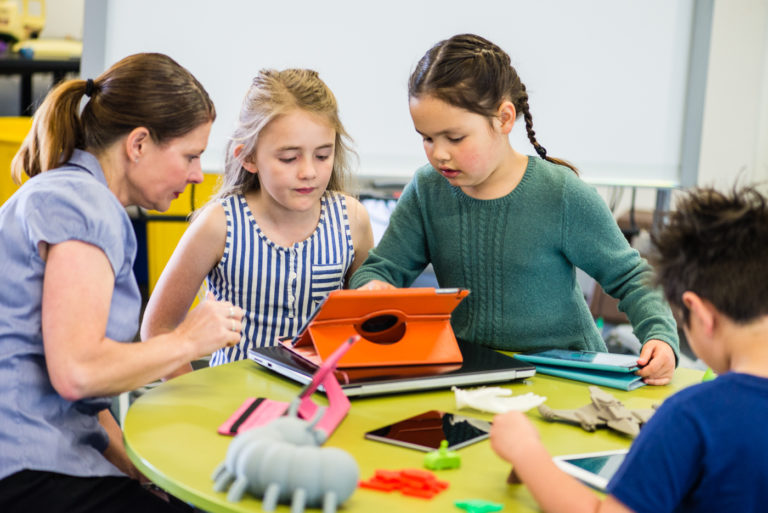
So what does Design Thinking look like in action?
Watch these inspiring videos made by schools in Australia showing how students used Design Thinking and Makers Empire to solve common real-world problems in their classroom, school and communities.
Please note that the Makers Empire app depicted in this video is a much earlier version of the app.
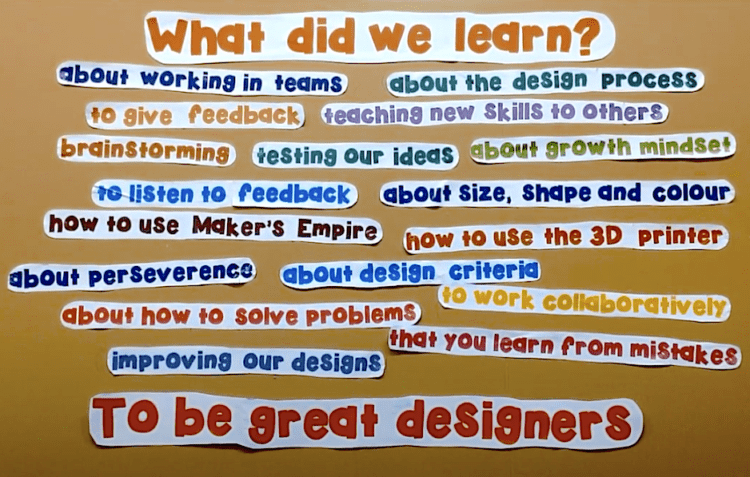
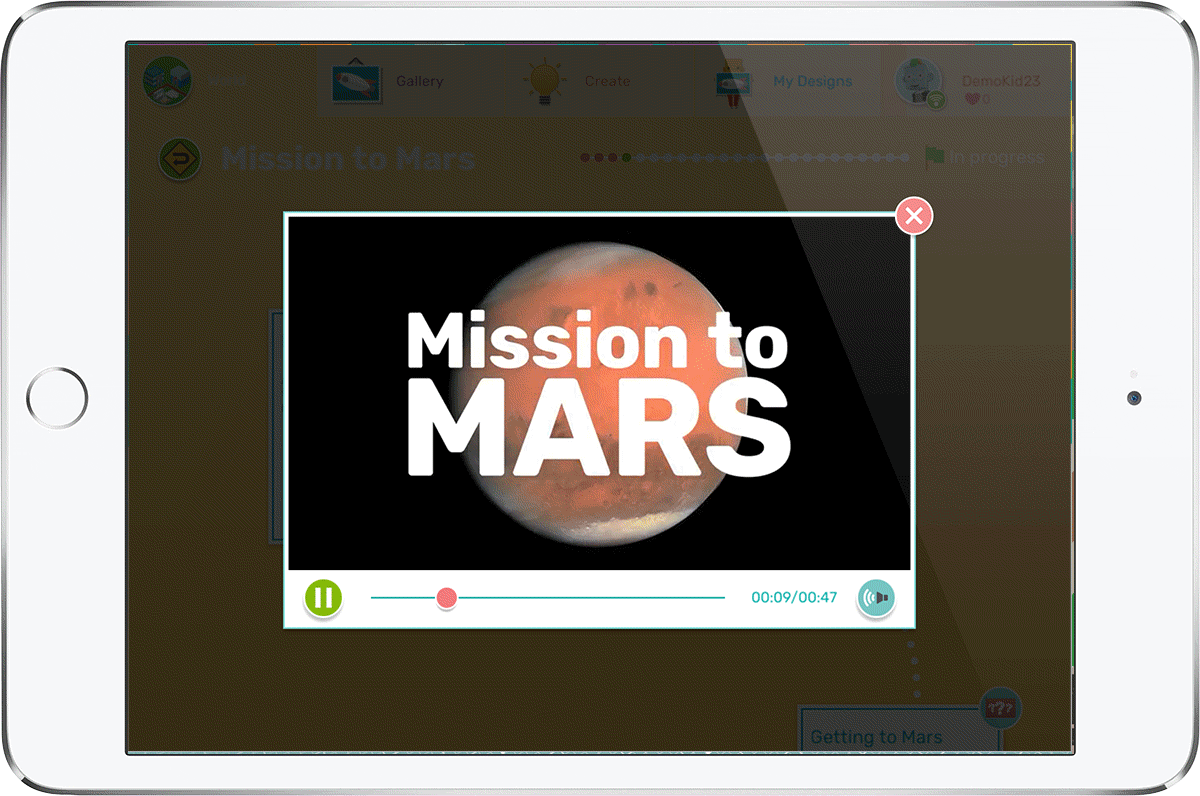
Makers Empire offers customisable Design Thinking and 3D design learning programs to school districts, education departments, and groups of schools.
Through our professional learning programs, teachers learn how to use Design Thinking and 3D design to transform the way they teach STEM subjects and help equip students with the skills and attitudes they’ll need to thrive in the future.
We’ve delivered Design Thinking and 3D technology programs to groups of 200+ schools in Australia, America and the Middle East so we have the right experience, skills and team to help you.
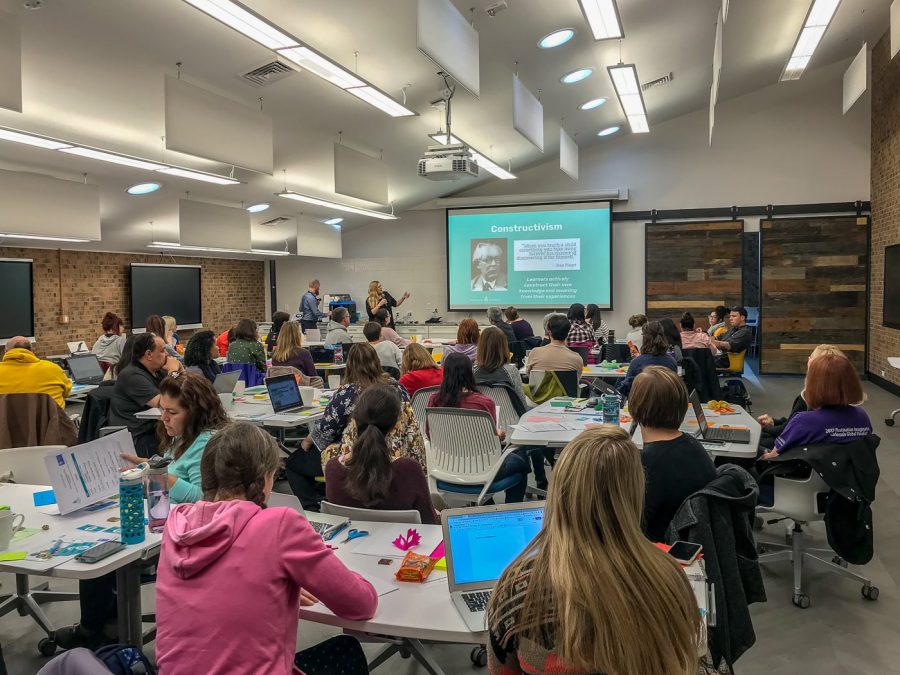
Now it’s your turn. Think about projects you can do with your students that will help enhance and deepen learning. How might you support your students to:
Makers Empire is an excellent way to teach Design Thinking to students. You can sign up for a free school trial at the top of this website. Don’t forget to download our free Design Thinking posters and worksheets, too.

Mandi Dimitriadis, DipT. is a highly respected educator and speaker who works internationally with elementary, primary and middle schools to help teachers develop Design Thinking, embrace maker pedagogy and cover Design & Technology Curriculum. She is an experienced classroom teacher who recognises the power of technology to enhance teaching and improve educational outcomes. Mandi has extensive experience with curriculum development, having previously developed programs for the Australian Government’s Department of Education.
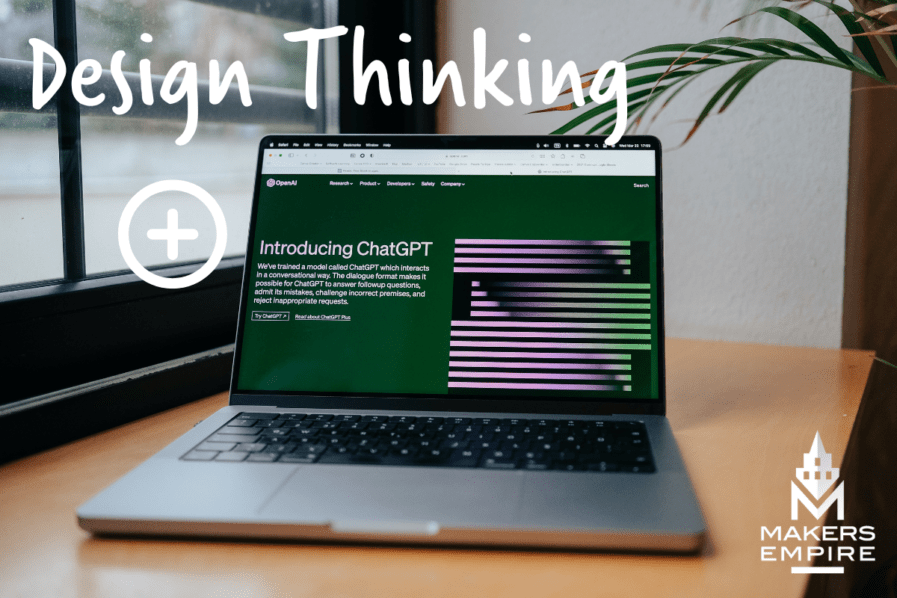
New technologies are always posing challenges in the educational sector. It’s not the technology that’s the issue, but the people and processes. Educators’ approaches to these digital advancements must not be to deny their existence but to understand how they can be used to transform assessment. AI tools, such as ChatGPT, offer students access to a wealth of information and can be most useful as research and practice guides in active and applied problem-solving tasks such as those used in design thinking.
So how can teachers embrace ChatGPT and use it to enhance design thinking approaches?
ChatGPT is capable of facilitating the generation of novel ideas, enhancing creativity and improving product development (Haleem, 2022). It can reinforce the principles of design thinking through its ability to generate student centred solutions with its iterative problem solving approach (Enhold, 2022). For each of the phases in design thinking, ChatGPT can be a useful tool.

Please wait while you are redirected to the right page...